Purple Martin Research Project began in 2000 with the goal to assess arrival & departure dates, reproductive success, and population trends at Warner Parks. Each year from March-August, we document Purple Martin gourd nest use at Warner Park Nature Center. In 2021, we began radio-tagging martin nestlings, a new component of our research, to better understand post-fledgling behavior.
Summary
Purple Martins are adaptable birds with strong associations with humans. Unfortunately, and typical of aerial insectivorous birds, martin populations have declined significantly. We hope that our research and public education and engagement help to inform a better understanding and compassion for these birds. It was promising to have multiple interest groups come together in Spring 2022 to find a solution to the removal of the Nashville Schermerhorn Symphony Center martin roost trees with the goal to ensure the safety and to minimize disruption of the Purple Martins. We have an opportunity with the Urban Bird Treaty Program to ensure Nashville provides habitat and reduces hazards to birds such as martins while ensuring communities and businesses can thrive. Please join us in these efforts.
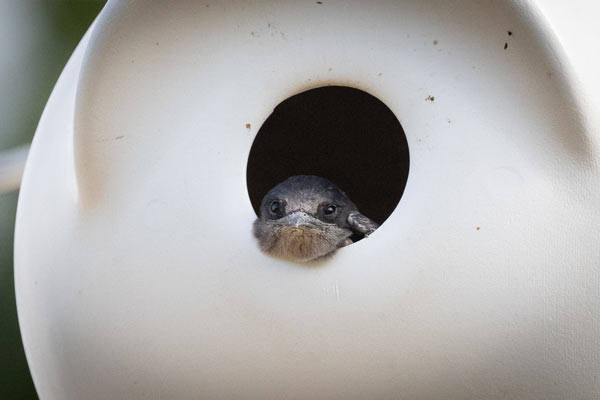
Project Details
Phenology: Each spring we document the first arrival of Purple Martins to Warner Parks as they return from their wintering grounds in South America, departing again in early fall for their 3000+ mile journey. This year our first observed martin at the nature center was on 21 March 2022, and the last detected by our Motus receiver stations was on 30 August 2022.
Nest Success at Warner Park Nature Center: Martins began to build their nests of grasses, weeds, sticks and mud beginning in mid-May. At the nature center, martins typically cover a completed nest with cherry leaves before eggs are laid. Nests were checked weekly to document nesting activity, number of eggs, or nestlings. At the end of the season, all nest check data were submitted to the Purple Martin Conservation Association.
This year’s results for the nature center:
- 2 gourd systems with 24 available gourds
- Nests: 7 (12 nests in 2021)
- Eggs: 33
- Nestlings and fledglings: 26 nestlings and 23 fledglings
- Banded and color bands: Our federally and state-permitted researchers banded 23 nestlings with a USGS band and a blue numbered leg band on the other leg for individual identification
Radio-tagging and Post-fledgling Behavior
This year we expanded upon 2021 when we radio-tagged 6 Purple Martin nestlings at the nature center to see if they joined the large downtown migration roost at the Nashville Symphony (they did!). This year, thanks to donations from the Symphony and the Nashville Zoo, we purchased more Cellular Tracking Technology LifeTag radio-transmitters. With a special federal permit, we radio-tagged a maximum of 3 martin nestlings from each nest when young were 20 days of age at 3 locations in Nashville: Warner Park Nature Center, Ellington Agricultural Center, and Bells Bend Outdoor Center.
Thanks to The Nature Conservancy, the Tennessee Regional Motus Collaborative, the Nashville Zoo, the University of the South, the 2 receiver stations in Warner Parks, and the University of the South, there are now 14 Motus receiver stations within Middle Tennessee including a temporary receiver station at the Bridgestone Tower in downtown Nashville. These stations significantly increase our chances of detections, improving our understanding of foraging and roost behavior, and phenology of departure times.
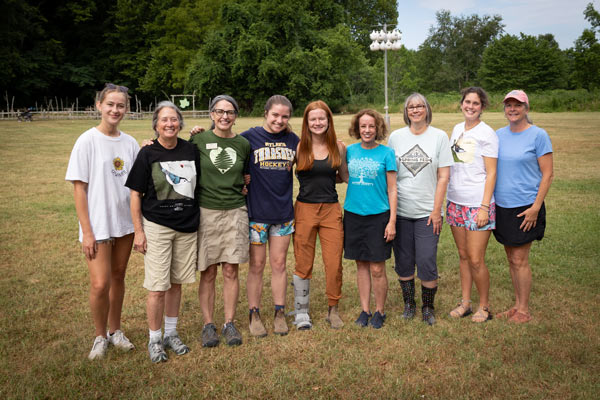
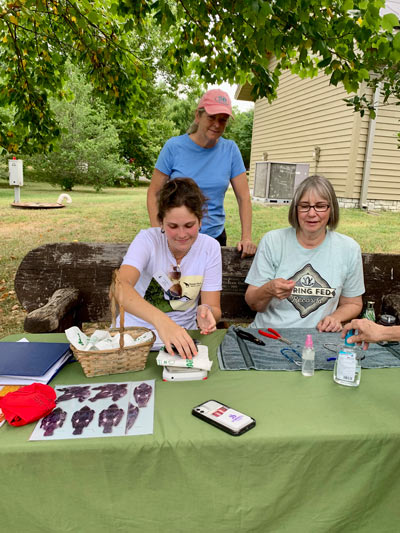
Warner Park radio-tagging summary
- 15 martin nestlings from 5 gourds were radio-tagged 27 June through 02 July 2022
- 10 confirmed to have fledged and detected by multiple receiver stations in area (67% fledge rate)
- 1 nestling was found dead below the nest and 4 others had an unknown status as they were not found at the nature center and were never detected by another receiver station. Of note, weather conditions in July were not optimal with minimal rain and heat indices exceeding 113 degrees many afternoons
- 6 fledglings from Warner Parks were detected at the Nashville migration roost (60% of those confirmed fledged)
- 2 fledglings were super foragers, detected by 7 receiver stations in Middle Tennessee area
- 6 fledglings remained in the area through mid-July while 4 were detected by stations through the end of August
- One of the ’super forager’ martins (radio tag# 1E073378) was detected in Costa Rica on 05 October 2022. This bird spent its last day in our area on 30 August 2022, foraging near Cheatham Wildlife Management Area and Warner Park Nature Center and then roosting in downtown Nashville before heading south. It was detected 35 days later at 6:30am by the Kéköldi Hawkwatch receiver station near Playa Puerto Viejo, Costa Rica
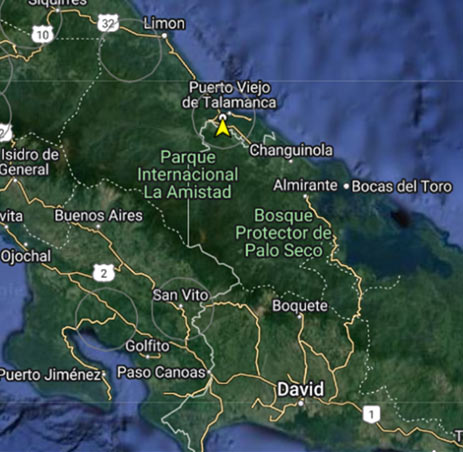
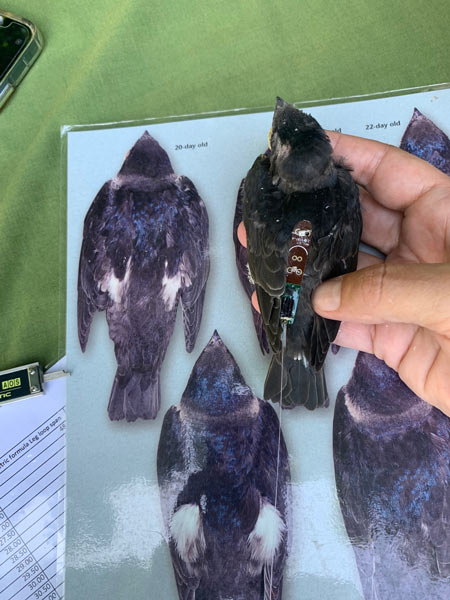
Ellington Agricultural Center radio-tagging summary
- 6 martin nestlings from 3 nests were radio-tagged on 16 June 2022
- We documented but did not band nor radio-tag other nestlings (19 nestlings and 5 eggs) because they were not the appropriate age (20 days old to attach a transmitter)
- 2 fledged and were detected by multiple receiver stations including those at Warner Parks, the Nashville Zoo, Cheatham WMA, and Jennings Knob. Both of these martins were detected at the Nashville roost.
- 1 nestling was found dead at the nest and 2 others had unknown status as they were not detected by other receiver stations. One transmitter had deployment issues, so the status for that bird was also unknown
- 2 of the fledglings were detected at the Nashville migration roost
- These 2 fledglings were last detected in the area 18 July and 28 July respectively. This last one was detected by a receiver station at Sewanee University—presumably heading south for the winter
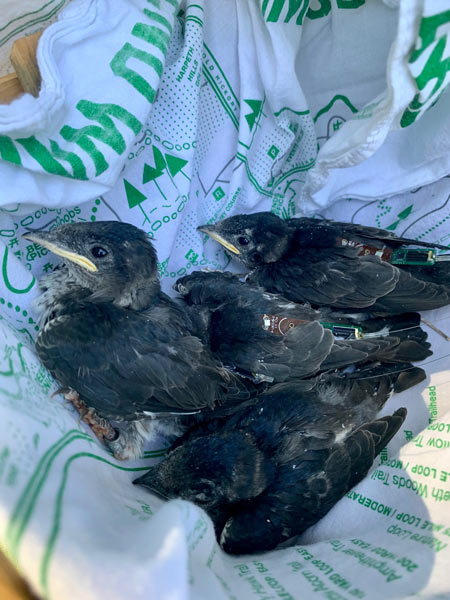
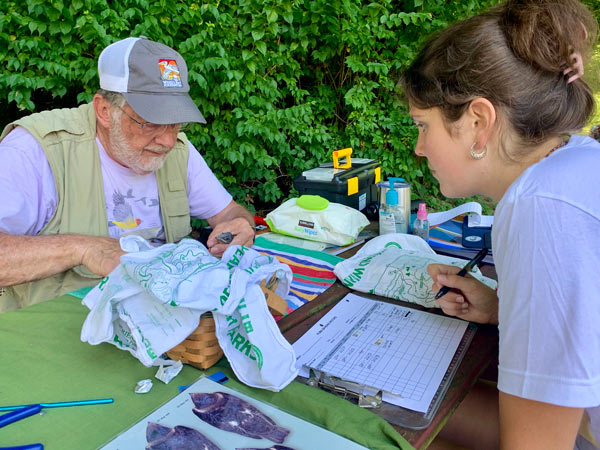
Bells Bend Outdoor Center
- 3 nestlings from 1 nest radio-tagged on 02 July 2022
- All 3 confirmed fledged and alive but with different post-fledging behavior
- 1 fledgling detected foraging near Warner Parks and roosting at the downtown Nashville roost. This bird was last detected in the area on 28 July
- 1 fledgling was never detected by by Warner Parks nor at the Nashville roost but was confirmed alive and foraging at Bells Bend
- The last fledgling never joined the Nashville roost nor foraged near Warner Parks. Instead, this bird was detected by receiver stations to the west near Clarksville and Land Between the Lakes. From weather radar, it appears there is a large martin roost near Bowling Green, KY—perhaps it joined that roost? This bird was last detected by a receiver station in Middle Tennessee on 04 August 2022

Schermerhorn Symphony Roost
You may recall stories such as the one in the NY Times about the large Purple Martin night migration roost at the Schermerhorn Symphony plaza in downtown Nashville. While martins have historically roosted at various locations near the Cumberland River, the roost in Nashville during 2020 and 2021 was estimated to be the largest in the area, at 150,000 birds. By radio-tagging martin nestlings, we have learned many of these nestlings born in the surrounding area join this big migration roost.
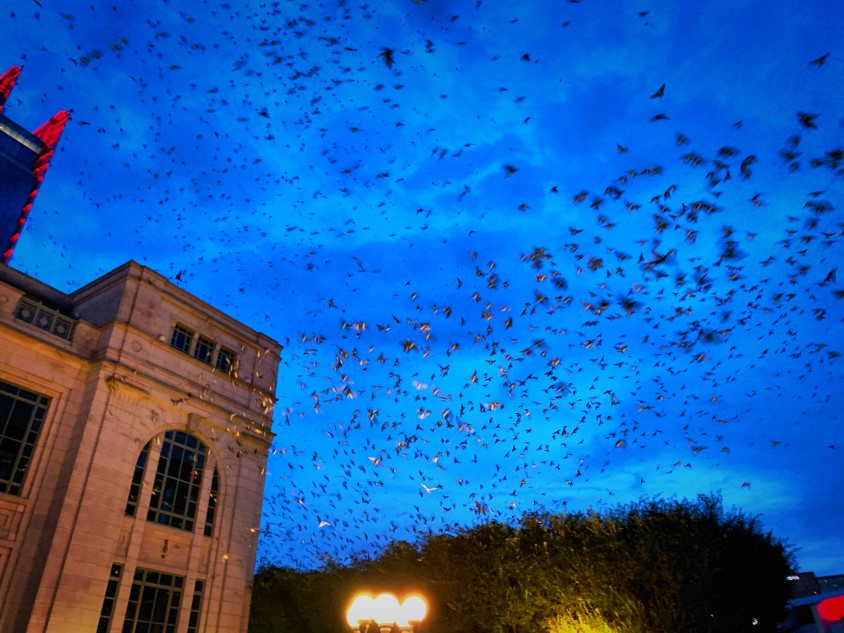
Symphony migration roost 2022: To avoid lasting and damaging effects on the building and institution, the Symphony decided in spring 2022 to cut down the roost trees in an attempt to redirect the Purple Martins elsewhere. Concern for the martins, urban trees, and downtown businesses lead to several meetings with the local conservation community, Nashville Mayor’s Office, and businesses from the Nashville Downtown Partnership to provide guidance to the Symphony and the City to manage the roost predicament. The agreement included the following:
- The Symphony would remove the roost trees immediately adjacent to the building in spring 2022 before migration to ensure martins did not begin to roost at the Symphony.
- Preserve the adjacent trees along Symphony Place while discouraging martins from roosting there because of the close proximity to the Symphony. These trees were heavily pruned prior to the onset of roosting.
- Additionally, two non-harassment displacement techniques were implemented at Symphony Place to discourage the martins from roosting in the trees: crow playback vocalizations and a hired falconer with a Harris Hawk.
- Trained observers were hired through The Nature Conservancy to observe the trees at Symphony Place for roosting martins from 09 June through 30 July 2022. If more than 100 martins were observed roosting in the Symphony Place trees, all agreed the trees would be removed immediately to ensure thousands of martins did not roost close to the Symphony. No martins were observed roosting in these trees.
- In hopes of encouraging martins to roost at a more desirable roost location, significant efforts were made by Denise Weyer of Metro Parks to attract martins to a group of trees at the Metro Water facility on the East Bank. Lights illuminated the potential roost trees and martin ’dawn call’ playbacks were used in June and July. No martins were observed roosting at this alternate site location.
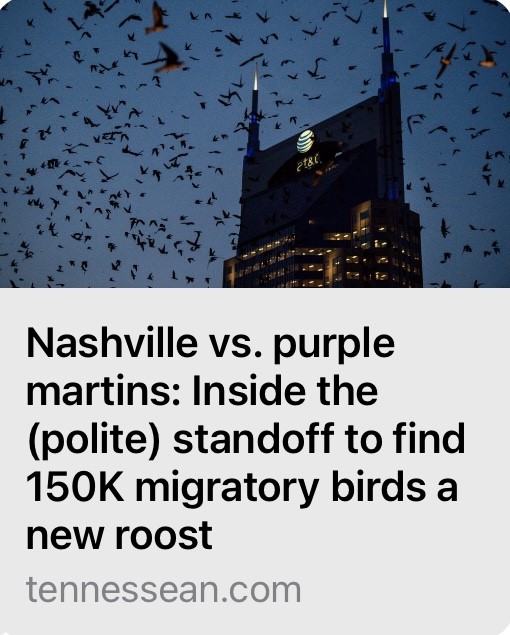
Timing of martin roost in Nashville: Martin roosting behavior was first observed in the Nashville area on 10 June 2022 by Graham Gerdeman in Germantown and then on 13 June 2022 near the Symphony by observer Thomas Copeland. After those initial sightings, martin numbers increased each night to the hundreds and then thousands, with peak numbers (over 100,000) in mid-August. Our radio-tagged martins were last detected at the Nashville roost on 30 August 2022. Martins were observed in significantly smaller numbers as late as 24 September 2022 by Cory Holliday. One Purple Martin radio-tagged in Pennsylvania in May 2022 was detected by the Warner Park Nature Center receiver station on 11 October 2022.
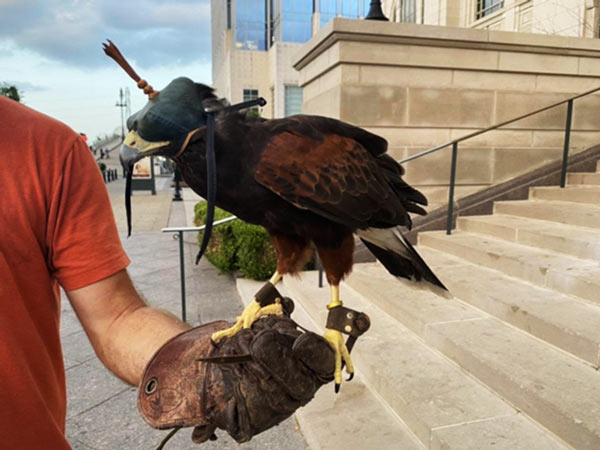
Where did the martins roost in 2022? As expected with the Symphony roost trees cut down or heavily pruned, the roost was initially very disorganized. While martins did circle above the Symphony area, none landed in the nearby Symphony Place trees. Instead, the martins formed an initial roost that was located on 15 June 2022 by Denise Weyer and Kim Bailey at a small group of trees at a spur of the Cumberland River Greenway at 914 2nd Avenue. The martins used this roost area until the beginning of July when they shifted to a new roost location, perhaps because of the limited available trees at the 2nd Avenue location. By 16 July, observer Finn Goodwin-Bain noticed the martins roosting in a group of cherry trees just below the John Seigenthaler Pedestrian Bridge at the Grayline bus stop on 1st Ave S. The martins continued to use this roost from mid-July through September.
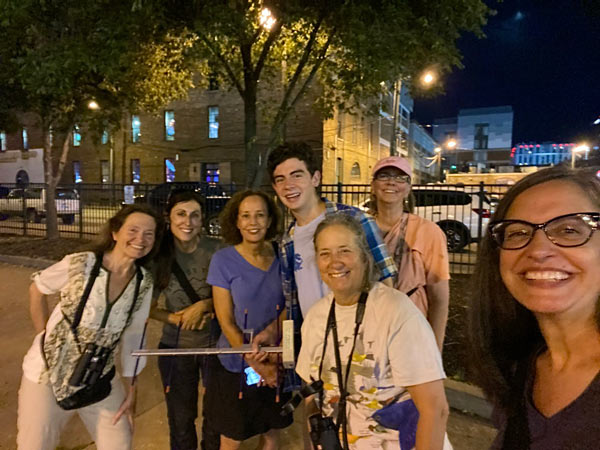
Team Effort
From monitoring the nests to radio-tagging martins to roost observations and non-lethal roost displacement, this was a significant team effort. Many thanks to the following:
- Nest monitoring and radio-tagging: Kathy Shaw, Leah LaRocco, Sandy Bivens, John Kell, David Hanni, Krista Allen, Lise Brown, Laura Cook, and Anna Money.
- Guidance: Joe Siegrist of the Purple Martin Conservation Association, Dr. Kevin Fraser of the University of Manitoba, Johnathan Walls with USDA/APHIS.
- Alternate roost location: Denise Weyer, Kim Bailey, and Laura Cook. Rebecca Dohn and Michael Hunt with Metro Water Services Stormwater Division. Brent Freeman, Jimmy Howell, Michael Binkley, PJ Ashford, Jon Ward, Randy and the rest of the awesome Metro Water Services and Central Wastewater Treatment Plant team. Mike Jameson with the Mayor’s Office. Sam Frazee and Vickie Pierce with Metro Parks;. David Hanni with TWRA.
- Motus receiver stations: Steve Ghertner, Terry Cook, Cory Holliday for equipment and station installation. Bridgestone for allowing us to place a temporary receiver station. The Nature Conservancy of Tennessee, Warner Parks, Friends of Warner Parks, the Nashville Zoo, and University of the South for their network of receiver stations throughout Middle Tennessee.
- Roost observers: Emma Daughtry, Elizabeth Rothschild, Ryan Scott, Leah LaRocco, Rachael Payton, Anna Money, Shannon Eppert, Finn Goodwin-Bain, Eliana Blash, Izzy Hartwig, Gabe Newton, Jocelyne Lara, Thomas Copeland, Emma Ross-Sermons, & The Nature Conservancy of Tennessee for leading the effort.
- Non-lethal displacement approaches at the old roost: Nashville Mayor’s Office, Terry Cook with The Nature Conservancy, Tom Turner from the Downtown Partnership for hosting two meetings & the many participants for respectfully discussing options, Kim Hawkins, Jonathan Wyatt, Tennessee Wildlife Resources Agency, Raptor Abatement LLC, Laura Cook, Alan Valentine and the Nashville Symphony, and Amanda Healan with Nashville Wildlife Conservation Center.
- Weekly roost updates: Mike Jameson, Denise Weyer, Terry Cook, Laura Cook, Charles Boddie, Kendra Abkowitz, David Fox, Ann Mikkelson, Molly Pike, Stephan Kivett, Diana Alacon, Eric Kuehler, Cortnye Stone, Alex Dickerson.
- Current and historical roost detectives: Melinda Welton, Denise Weyer, Kim Bailey, Kathy Shaw, Sandy Bivens, Leah LaRocco, Cody Cook, Graham Gerdeman, Laura Cook, Scott Somershoe, Devon Blackburn, Joe Siegrist, David Hanni, and Michael Bierly.
- Presentation: Lipscomb University student and summer BIRD Intern, Anna Money, presented the ‘Purple Martins at the Nashville Symphony” at the annual Purple Martin Conservation Association conference in August 2022. Dr. John Lewis and Lipscomb University for our continued summer intern collaboration.
- Funding for the BIRD Program, radio transmitters, and receiver stations: Friends of Warner Parks and Warner Park Nature Center, the Nashville Schermerhorn Symphony, the Nashville Zoo, the Barbara J. Mapp Foundation.
For questions or additional information, please contact Laura Cook with Friends of Warner Parks’ BIRD Program at Warner Park Nature Center at laura.cook@nashville.gov


